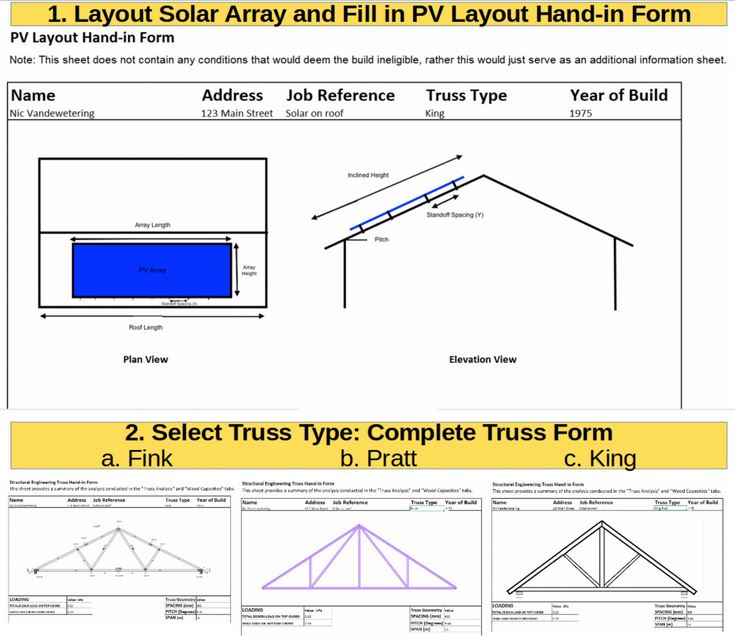
Researchers from Canada's Western University have created an open-source online tool to streamline the engineering analysis process for the deployment of a rooftop PV system.
“The tool could be easily adapted to other countries,” the research's lead author, Joshua M. Pearce, told pv magazine. “The snow loads in Canada coupled with the regulatory environment in Ontario mean that in general following the Canadian guidelines will be stricter than anywhere else. Sadly now in Ontario with houses with tiny solar systems, homeowners can spend more on the engineering analysis of their roof than the solar panels. The main problem is that we are paying for engineering analysis for each and every home individually. This is redundant, which means the analysis for an identical roof is all the same. It is incredibly wasteful that this is being done for every single home.”
According to Pearce, the unique feature of the new online framework is its ability to accelerate the process of engineering analysis. “It would make a lot of sense for any government that wanted to encourage distributed rooftop solar to follow our example and do the analysis for all of the most common roof types in their region to streamline the process and massively reduce the costs for everyone. In addition, all houses should include the structural analysis for a solar-ready home as part of the baseline structural analysis that is done anyway for roofs.”
In the study “Streamlining structural engineering compliance of rooftop solar photovoltaic installations using an open-source approach,” published in Solar Energy, Pearce and his colleagues explained that engineering analysis for rooftop PV systems in Canada has a cost ranging from $900 to $5,000 depending on the location and project complexity.
The use of the proposed tool, according to its creators, may enable Canadian homeowners to achieve savings from 72% to 1,600% for plug-in PV systems and from 2% to 167% for installations that require a professional installer. “Even in the much larger market of the United States this tool can be useful,” they said, noting the total project capital cost of a residential system could be reduced by up to 25%.
The tool requires users to create three documents to make them eligible for rooftop installation: a PV rooftop layout form; a truss description and analysis form; and a questionnaire form. The users are also required to add pictures that validate the information provided in the forms. “Although the images provide no scientific value, they do provide the information needed to verify the claims in the forms are correct,” the academics specified. “The package is then sent to local authorities, such as a city or municipal official depending on the jurisdiction.”
The online tool is configured as a spreadsheet that includes input parameters such as material properties, roof dimensions, and design loads. A minimum of five pictures must be submitted with the three forms to a local authority, which the researchers said would automatically eliminate the process of hiring a structural engineer. These proceedings reportedly offer “accurate” structural engineering calculations while ensuring compliance with building codes.
The research team also presented a case study for a typical homeowner targeting to install a 5 kW PV system located in Michigan, in the United States. The system costs were estimated at $15,450 and the additional engineering fees at about $3,000, with the project having secured a 15-year loan and the house being located in a below-average cost of electricity area with below-average solar radiation.
“With the use of the open-source tool provided in this manuscript. the homeowners would have their system paid for in 13 years while without it the simple payback time is extended to 16 years,” the scientists explained. “As the payback time is extended beyond the loan term this system would simply not be installed without the open source tool because the homeowners could not afford the extra costs of the engineering fees.”